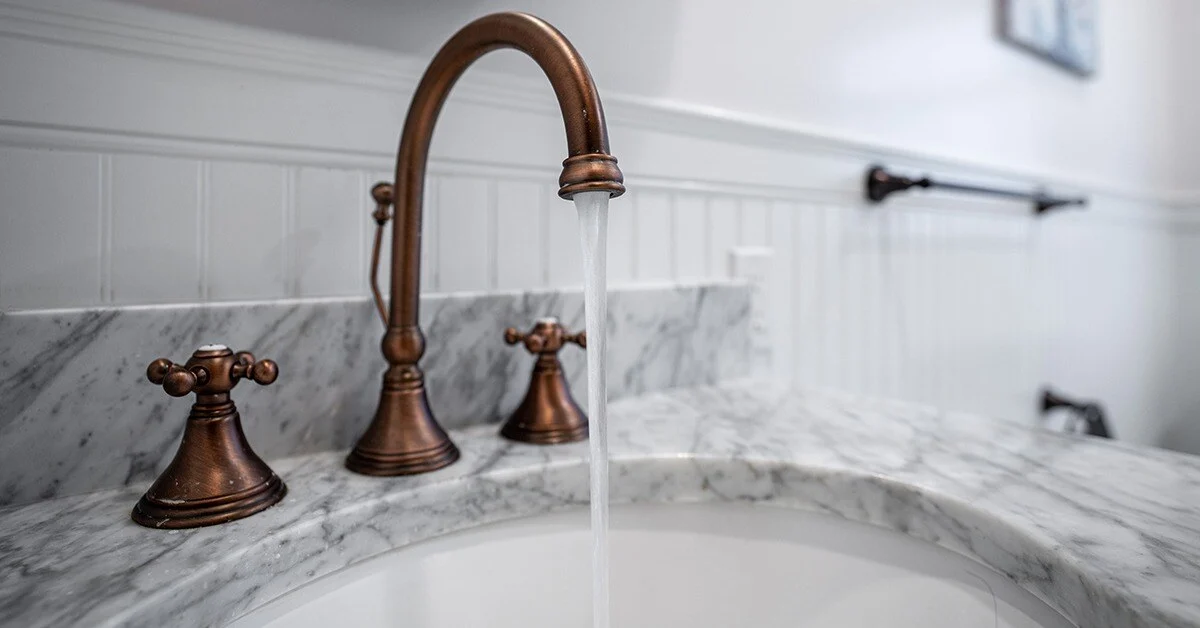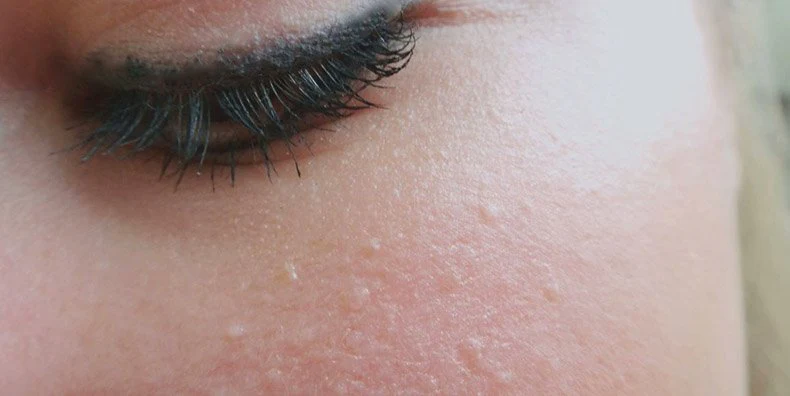Have you ever noticed tiny, white bumps on your face that don’t seem to pop or go away like regular pimples? These small bumps, known as milia, are a common skin condition that many people mistake for acne. While they may be harmless, trying to remove them on your own can do more harm than good. Let’s explore what milia are, why they form, and the best ways to deal with them safely.
What Are Milia?
Milia are tiny, white or yellowish bumps that typically appear around the eyes, cheeks, nose, and sometimes on the forehead. Unlike pimples, which are caused by clogged pores, milia occur when dead skin cells (keratin) become trapped beneath the skin’s surface. They form small, hard cysts that don’t have a pore opening, making them nearly impossible to pop.
Why Do Milia Develop?
There are several reasons why milia might form on your skin:
- Skin Damage: Milia can result from skin trauma such as sunburns, blisters, or irritation from harsh skincare products.
- Heavy Skincare Products: Thick creams, oils, and heavy makeup can clog pores and contribute to the formation of milia.
- Lack of Exfoliation: Dead skin cells that aren’t properly exfoliated can accumulate and lead to milia.
- Natural Skin Turnover: In some cases, milia simply occur as part of the skin’s natural regeneration process, especially in newborns and young children.
Why You Shouldn’t Remove Them Yourself
Although tempting, trying to squeeze or pop milia at home is not recommended. Here’s why:
- Risk of Infection: Picking at the skin can introduce bacteria, leading to redness, swelling, or even a painful infection.
- Scarring: Improperly removing milia can damage your skin, leaving permanent scars.
- Ineffectiveness: Since milia are not connected to a pore, they won’t pop like a pimple, making at-home attempts futile and frustrating.
How to Safely Address Milia
If you’re dealing with milia, patience is key. Most cases resolve on their own, but if they persist, here are safe and effective options:
1. Visit a Dermatologist
A dermatologist can professionally remove milia using specialized tools. They’ll make a tiny incision to extract the bump without damaging your skin.
2. Incorporate Gentle Exfoliation
Regular exfoliation can help prevent milia by removing dead skin cells. Use products containing alpha hydroxy acids (AHAs) like glycolic acid or beta hydroxy acids (BHAs) like salicylic acid. Avoid over-exfoliating, as this can irritate your skin and worsen the problem.
3. Opt for Retinoids
Topical retinoids, like retinol or prescription-strength tretinoin, can help improve skin turnover and prevent the buildup of keratin that leads to milia. However, always consult a dermatologist before starting retinoids, especially if you have sensitive skin.
4. Keep Your Skin Clean and Hydrated
Maintain a simple skincare routine with non-comedogenic (non-pore-clogging) products. Cleanse your face daily and use a lightweight moisturizer to keep your skin hydrated without overwhelming it.
5. Avoid Thick, Heavy Products
Switch to lighter skincare products and avoid heavy creams or oils, especially if you’re prone to milia. Opt for water-based or gel-based moisturizers that won’t clog pores.
6. Wear Sunscreen Daily
Sun damage can exacerbate milia formation, so protect your skin with a broad-spectrum sunscreen of SPF 30 or higher. Choose a lightweight, non-comedogenic formula to prevent further buildup on your skin.
7. Consider Professional Treatments
If milia persist, your dermatologist may recommend professional treatments such as chemical peels, laser therapy, or microdermabrasion to address the issue and improve overall skin texture.
Can Milia Be Prevented?
While it’s not always possible to prevent milia entirely, adopting healthy skincare habits can significantly reduce the likelihood of their occurrence. Regularly exfoliate, avoid harsh skincare products, and protect your skin from sun damage. Staying consistent with a simple, balanced routine can keep your skin healthy and glowing.
Final Thoughts
Milia may be small and harmless, but they can be frustrating to deal with if you don’t know how to handle them properly. Remember, patience and proper skincare are your best tools for managing these pesky bumps. Avoid trying to remove them yourself, as it can lead to unnecessary complications like scarring or infection. If you’re concerned about persistent milia, consult a dermatologist for professional advice and treatment. Taking the right steps can help you achieve smoother, healthier skin while keeping milia at bay!











